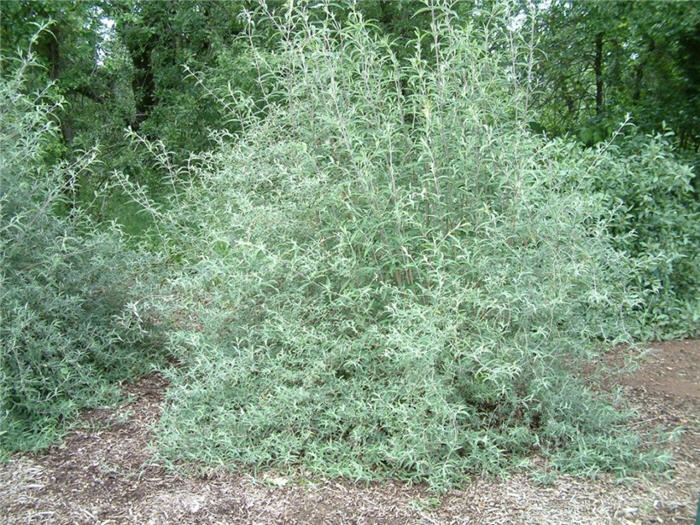| Botanical Name: Buddleja x 'Lochinch' | |
| Common Name: Lochinch Butterfly Bush |

-
Anatomy
-
Culture
-
Design
Plant Type
Shrub
Height Range
6-12'
Flower Color
Blue, Lavender
Flower Season
Summer, Fall
Leaf Color
Grey Green, Silver
Bark Color
Brown, Grey
Fruit Color
n/a
Fruit Season
n/a
Sun
Full
Water
Low, Extra in Summer
Growth Rate
Moderate
Soil Type
Sandy, Clay, Loam, Rocky, Unparticular
Soil Condition
Average, Rich, Poor, Well-drained, Dry
Soil pH
Acid, Neutral, Basic
Adverse Factors
Attracts Bees
Design Styles
English Cottage, Formal, Mediterranean, Ranch, Spanish
Accenting Features
Showy Flowers
Seasonal Interest
Summer, Fall
Location Uses
Background, Shrub Border, Foundation, Patio, Walls / Fences
Special Uses
Cut Flowers, Hedge, Screen
Attracts Wildlife
Hummingbirds, Butterflies
Information by: Stephanie Duer
Photographer:
Photographer:
-
Description
-
Notes
'Lochinch' is a larger buddleia cultivar, growing 12 to 15 feet tall (when not cut back), but with winter pruning, generally 8 to 10 feet tall and 6 to 8 feet wide. Leaves are narrower and longer than other buddleia, with grey top sides and silvery undersides, giving the shrub an airy, bright look. Fragrant, light lavender-blue flowers with orange eyes are clustered in long panicles that bloom June to September The blossoms attract butterflies, hummingbirds, and bees.
Buddleia flower on new wood, so a hard pruning in late winter to early spring will encourage alot of branches and alot of flowers. Buddleia sometimes die-back in our colder winters, so prune hard to remove dead wood. If you want to try to keep your buddleia taller, when you prune, cut off the outward, arching branches, leaving the taller, central limbs in place. Attractive to bees, butterflies, and hummingbirds; resistent to deer. Grow in full sun to part shade, but best flowering occurs with full sun. Grow in well-drained soil; adaptive to soil types, from poor, dry soils to sandy-loam and clay-loam soils. A great cut flower.